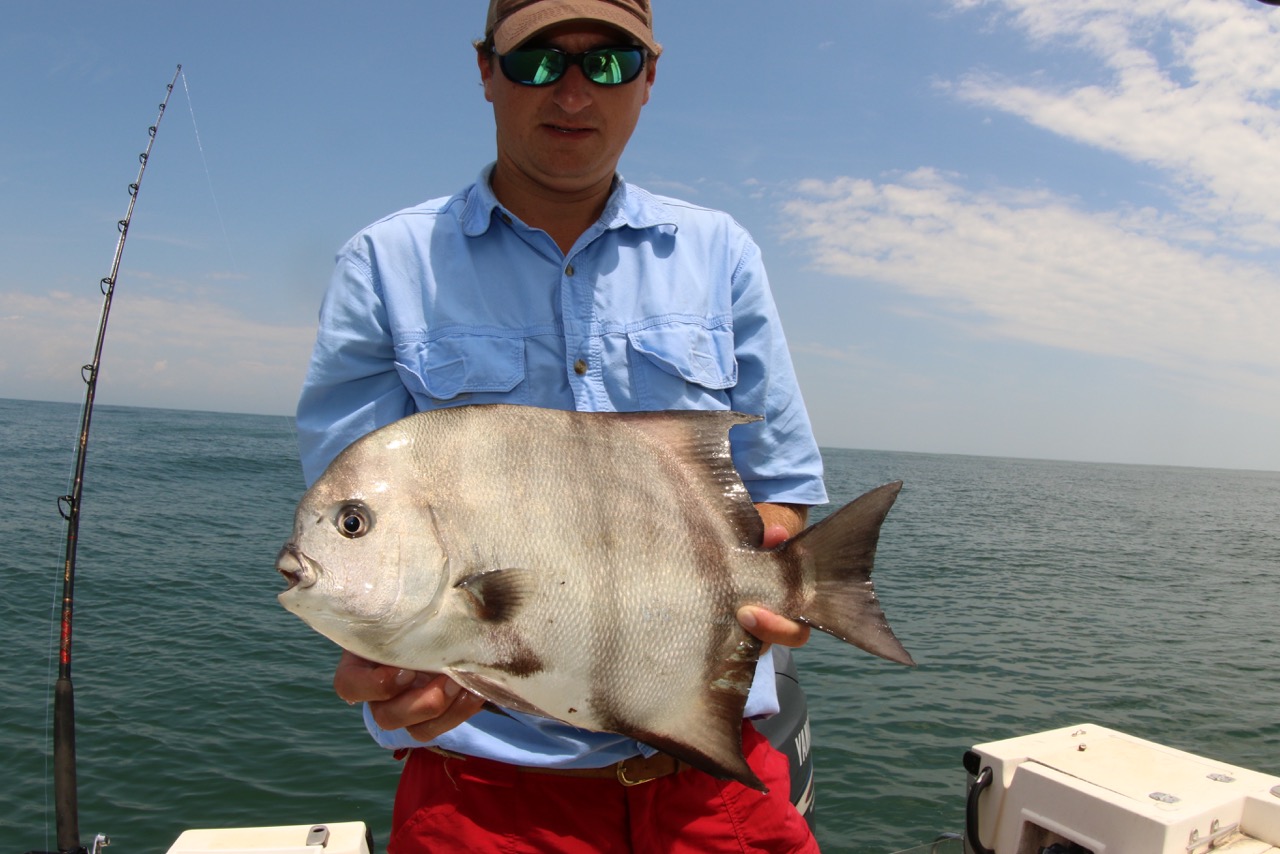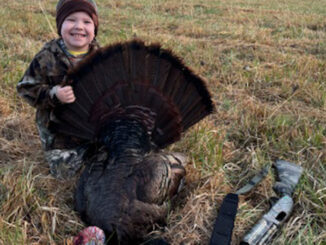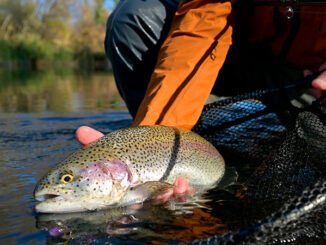
Cannonball jellies are the key
Anglers are currently catching lots of spadefish all along the nearshore reefs and wrecks of both Carolinas. These fish typically only stay around throughout the warmer months. So now is the time to go, and you can find them on any of the Carolinas’ nearshore wrecks and reefs, some of which are within 10 miles of shore.
And while fishing for spades can be exciting, it’s not something that takes a lot of specialized tackle or expertise, as long as you follow a few basic tips.
The first thing Capt. Robert McCarley, who operates Reel Tight Charters out of Georgetown, S.C., does is catch a 5-gallon bucketful of cannonball jellies. He finds a lot of them this time of year along the beaches and just past the breakers. These are used as attractors, and as bait.
Next, McCarley anchors down over one of the nearshore reefs, threads three or four of the jellies onto a coat hanger which is tied to a short, heavy duty offshore rod and reel, then lowers the jellies down toward the structure.
Once he feels fish pecking at the jellies, he slowly reels it all toward the surface. He stops when they are just in sight. Then he places the rod in a rod holder to keep everything stationary.
Now the fun begins
“The spadefish love these jelly balls. They’ll come right up with them and just peck at them, trying to bite off as much as they can with each bite. Once you can see them, it’s just a matter of getting them to take another piece of bait,” said McCarley.
And to do that, anglers just cut small strips off of the other jellies, and toss them to the spadefish. The weight of that strip is usually plenty to cast your bait right around the jellies. Your small strip of bait makes an easier meal for the spadefish. So after a couple of fish fight over it, one will grab it. And then the fight is on.
With the fish just feet from the boat, you might get the impression that setting the hook will yank them straight into the boat. But that’s a far cry from what happens. These fish leave the scene in a hurry once you bury a hook in their mouth, peeling line off and making your drag sing as it goes.
Allowing the fish to run and pull drag while your rod tip is high will wear them down after a good fight, then you can gain line back, reeling whenever the fish allows you to. It’s a true battle that you’ll not forget.
Medium to medium-heavy spinning rods with soft tips and strong backbones paired with 3000-series spinning reels are good choices. No. 1 to no. 3 hooks are fine, along with 20-pound test line.
One other thing you’ll need when fishing for spades is a good landing net. These fish have fairly soft mouths, and hoisting them over the boat rails will result in some lost fish.




